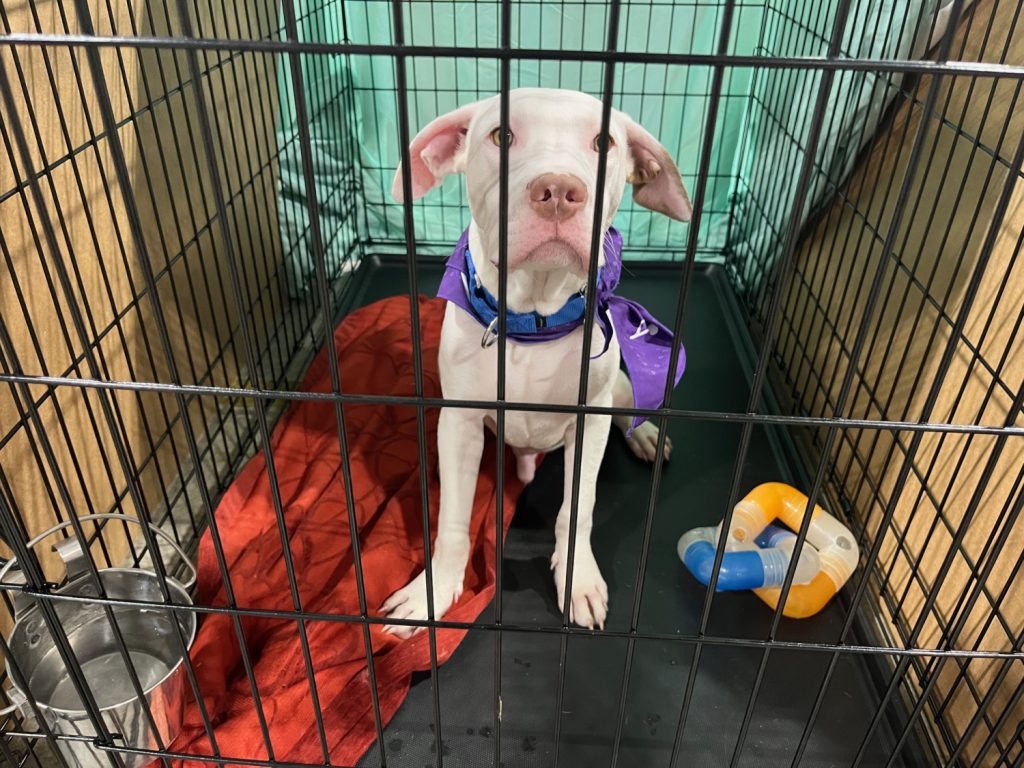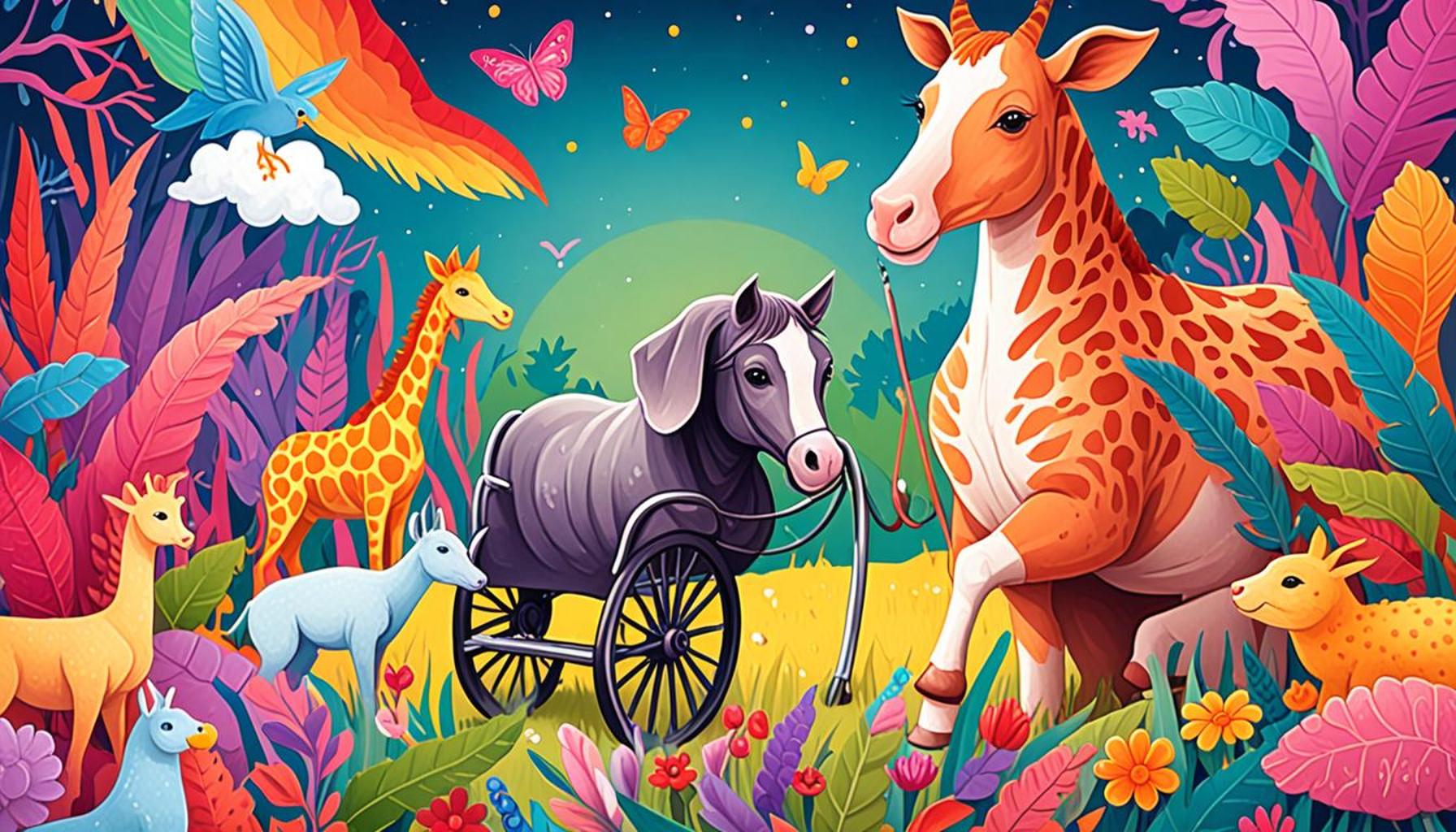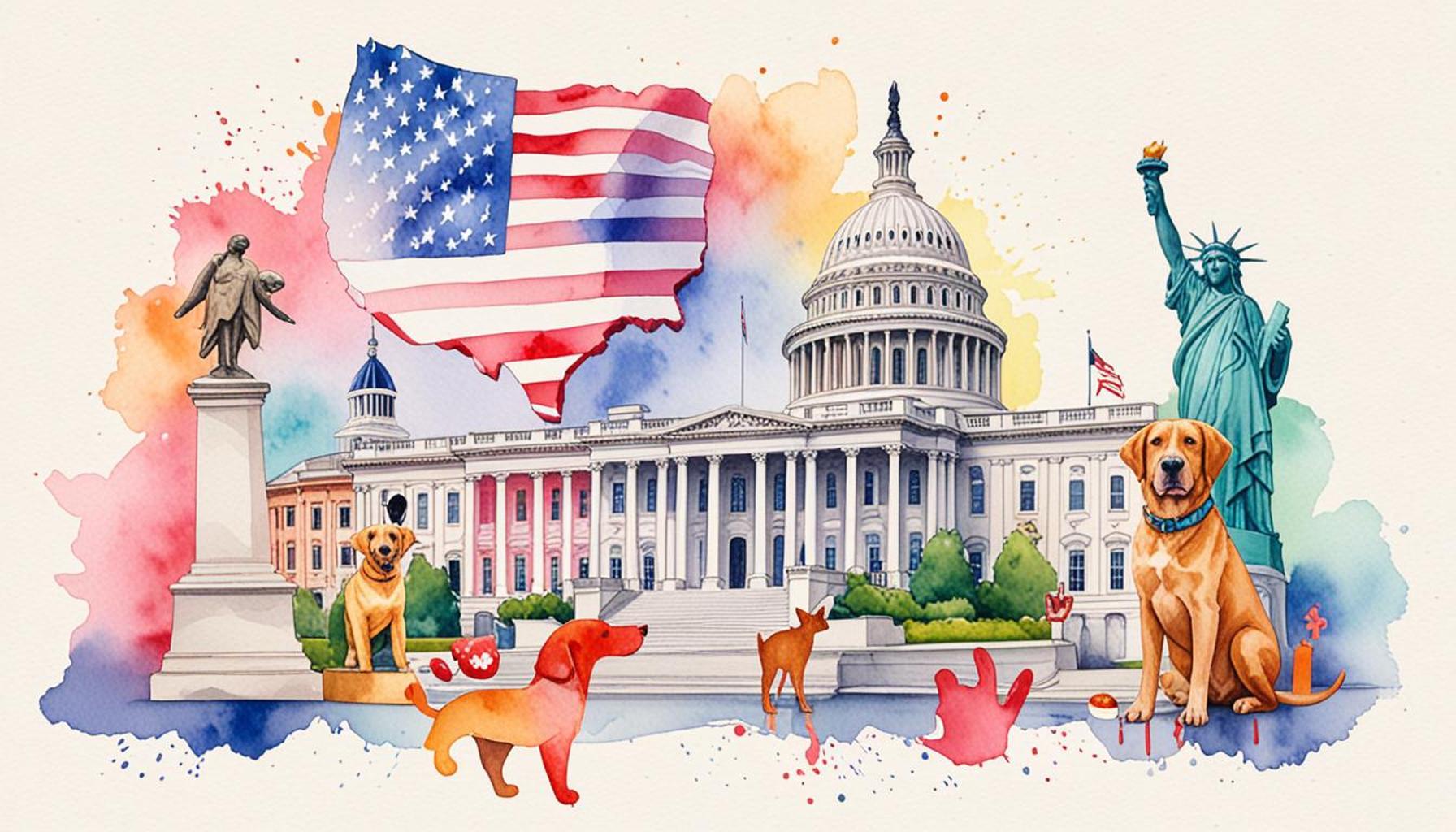The Adoption of Pets and Its Impact on Reducing Shelter Overpopulation

The Impact of Shelter Overpopulation
In cities across the United States, the challenge of shelter overpopulation is a pressing concern that affects communities, animal welfare organizations, and countless homeless pets. With approximately 6.5 million animals entering shelters each year, the volume is staggering. While 3.2 million animals do find loving homes through adoption, a tragic reality remains: over 1 million shelter animals are euthanized annually due to insufficient space and resources. These statistics reflect an urgent call to action, highlighting the importance of pet adoption as a viable solution.
The Ripple Effect of Adoption
Adopting pets doesn’t merely save lives; it can transform the community’s landscape regarding animal welfare. When individuals choose to adopt rather than shop for pets, they contribute to decreasing the number of animals in shelters by providing another animal with a chance at a caring home. This cycle of positive change not only helps the pets themselves but also frees up space in shelters to assist other animals in need. For example, when families adopt a dog or cat, they often share their experiences on social media and among friends, thereby raising awareness and encouraging others to consider adoption as well.
Benefits of Adoption
The advantages of adopting a pet extend far beyond just saving a life. Here are a few key benefits:
- Creating a Loving Home for Pets: Many animals in shelters have faced neglect or abandonment. By adopting, individuals provide a warm, nurturing environment for pets who have endured hardship, allowing them to flourish and thrive.
- Promoting Responsible Pet Ownership: Adopters often become advocates for responsible pet ownership, sharing knowledge about spaying and neutering, vaccinations, and proper training. This advocacy helps to educate the community and can lead to a decrease in future overpopulation.
- Enhancing Mental and Emotional Well-Being: Studies have shown that pet ownership can improve mental health by reducing stress, anxiety, and feelings of loneliness. The companionship of a pet brings joy and fulfillment, offering not just an animal but a loyal friend.
A Call to Action
As public awareness grows regarding the plight of shelter animals, the movement toward adoption continues to gain momentum. Initiatives like “Adopt a Shelter Dog Month” and “Clear the Shelters” events across the country encourage community engagement and highlight the urgent need for adoptions. By understanding the impact that adopting pets can have on both the animals and the community, more individuals can be motivated to take action. Ultimately, this collective effort can lead to fewer animals in shelters and a significant reduction in euthanasia rates, bringing us one step closer to a future where every pet has a loving home. Together, we have the power to make a change that benefits not just the animals but entire communities, promoting compassion and responsible pet ownership for generations to come.
DON’T MISS: Click here to learn more

The Power of Adoption in Combating Overpopulation
The connection between pet adoption and shelter overpopulation is not merely theoretical; it is a tangible and significant factor impacting animal welfare across the United States. Each adoption story represents hope, not only for the animal but also for the countless others waiting for their chance at a forever home. By choosing to adopt, individuals play a pivotal role in a larger movement aimed at alleviating the burden on shelters that are often at capacity.
Every year, animal shelters face the overwhelming task of caring for millions of abandoned and stray animals. The consequences of this overpopulation crisis reach far beyond the confines of the shelter walls. Inadequate space leads to increased stress for animals, which can result in behavioral issues and lower chances of adoption. Additionally, the strain on shelter resources means fewer personnel available for direct care and rehabilitation of these animals, ultimately diminishing their quality of life while they await adoption.
The Role of the Community
Community involvement is fundamental in creating a culture of adoption that helps break the cycle of overpopulation. Here are some ways that individuals and communities can contribute:
- Participating in Local Campaigns: Community-driven events like adoption fairs, fundraisers, or volunteer days help raise awareness and boost adoption rates. These activities foster a collective commitment to animal welfare.
- Spreading the Word: Sharing personal experiences of adoption on social media can inspire others to adopt. Real-life testimonials often resonate more than statistics and showcase the joy a rescued pet can bring.
- Partnering with Local Shelters: Many communities have partnerships with local shelters that facilitate educational programs about responsible pet ownership. By engaging with these organizations, individuals can help inform others about the importance of adoption.
Additionally, many shelters across the nation implement programs aimed specifically at promoting adoption. Initiatives like “Name Your Own Fee” days or discounted spay/neuter programs work to encourage potential adopters to consider giving a shelter animal a home due to the reduced financial burden. Programs targeting particular demographics, such as seniors or families, further show a commitment to adopting out pets to those most willing to provide them with loving homes.
Adopting a pet is not only an altruistic act; it also introduces individuals and families to the therapeutic benefits of companionship. Research suggests that pet ownership can lead to improved physical health, as pet owners often engage in more outdoor activities and experience a decrease in stress levels. Moreover, adopting from a shelter provides adopters with a unique opportunity to save lives while transforming their own.
As conversations about animal welfare gain prominence across various platforms, the call for greater adoption rates echoes louder. By emphasizing the critical relationship between pet adoption and shelter overpopulation, we can foster a culture where every animal is valued, respected, and given the chance to thrive in a loving home.
| Advantages | Impact on Shelter Overpopulation |
|---|---|
| Increased Adoption Rates | Adopting pets directly leads to fewer animals in shelters, which helps combat overpopulation. |
| Community Awareness | Raising awareness about adoption can foster a sense of responsibility towards animal welfare in communities. |
| Cost-Effective Solutions | Adoptions often come with lower costs compared to purchases, making it more accessible for families. |
| Reducing Euthanasia Rates | Every adoption plays a crucial role in saving lives by minimizing the need for euthanasia in overcrowded shelters. |
The act of adopting pets fosters a lively community culture while lowering shelter populations, offering a dual benefit that resonates profoundly with animal lovers and advocates alike. Each pet adopted creates significant ripples in the fight against abandonment and overcrowding, amplifying the call for action. Studies reveal that communities that champion pet adoption experience a marked decline in shelter intakes, showcasing a powerful link between awareness programs and decreased euthanasia rates. The data unequivocally illustrates that each animal saved through adoption can catalyze transformative change, promoting the ethos of responsible pet ownership. Such efforts serve not only to transform the lives of these animals but also to enrich the lives of their new families, ultimately leading to healthier, happier communities. The increase in public compassion and responsibility emphasizes the vital role every individual plays in this ongoing battle against shelter overpopulation.
DISCOVER MORE: Click here for essential insights
Transforming Lives: The Ripple Effect of Adoption
The impact of pet adoption extends far beyond individual relief from the shelter overpopulation crisis. Each adoption not only saves the life of one animal but also creates a ripple effect that positively influences the surrounding community. As more families choose to adopt rather than shop for pets, they are indirectly encouraging others to consider the same path, amplifying the message that shelter animals deserve love and companionship.
Data reveals that a significant number of adopters are inspired by their personal experiences to advocate for animal adoption within their social circles. According to a survey conducted by the ASPCA, about 40% of pet adopters reported they were motivated to adopt after learning about the plight of shelter animals from friends or engaging with community initiatives. This phenomenon illustrates how personal stories and community actions can spark interest and awareness.
Educational Efforts: Building Awareness
Educational outreach plays a critical role in addressing the myths surrounding shelter pets that often lead to hesitancy in potential adopters. Misconceptions regarding behavioral issues or perceptions that shelter animals are inherently untrustworthy can deter interested adopters. Shelters are combating this through targeted educational programs and workshops that clarify these stereotypes while promoting the benefits of adopting a pet.
- Workshops and Seminars: Many shelters organize events aimed at educating the public about proper pet care, training tips, and the benefits of pet ownership. These sessions often include testimonials from previous adopters who share their positive experiences, demystifying the notion that shelter animals come with significant baggage.
- Outreach in Schools: By introducing shelter animals into schools, children can learn responsibility, empathy, and the importance of animal welfare from an early age. Such initiatives encourage families to consider adoption when they decide to get a pet.
Moreover, partnerships with local veterinarians and pet supply stores can further elevate these educational campaigns. By offering resources such as free or discounted veterinary services and starter kits for adopted pets, these collaborations can make the adoption process more accessible and attractive to potential pet owners.
Long-Term Solutions: The Importance of Sterilization Programs
Another vital aspect of combating shelter overpopulation lies in the implementation of effective sterilization programs. These initiatives target the root causes of overpopulation by reducing the number of unwanted litters that contribute to shelter overcrowding. Many shelters now conduct spay-and-neuter clinics, often providing these services at low or no cost.
By promoting responsible breeding practices and emphasizing the importance of sterilization to prospective adopters, shelters can create a sustainable solution to the ongoing overpopulation crisis. The Humane Society of the United States finds that areas with robust spay/neuter programs often witness a significant decline in shelter intake rates over time.
As adoption rates rise and communities come together to support shelter animals, the future looks more promising. The collective efforts to educate, engage, and encourage responsible pet ownership promise not only to alleviate the current challenges of shelter overpopulation but also to establish a compassionate culture that honors all animals as deserving of a loving home.
DISCOVER MORE: Click here to learn about the latest trends
Conclusion: A Compassionate Future Through Adoption
The adoption of pets serves as a beacon of hope in the fight against shelter overpopulation, creating a cycle of compassion that enriches both animals and communities. As we have explored, each adoption not only rescues a vulnerable animal but also promotes a broader culture of empathy and responsibility, addressing the overpopulation crisis at its core.
By fostering awareness and dispelling myths surrounding shelter pets through educational initiatives, communities are increasingly recognizing the myriad benefits of pet adoption. The statistics reveal that 40% of adopters feel compelled to spread the word about pet adoption to others, demonstrating the power of shared experiences in promoting positive change. Furthermore, the emphasis on responsible breeding through sterilization programs is crucial in ensuring that shelters are not continually overwhelmed by the influx of homeless animals.
Ultimately, the journey toward reducing shelter overpopulation lies in a collective commitment to advocate for shelter animals. Each household that chooses to adopt creates a ripple effect, encouraging friends and family to question outdated perceptions and embrace the joy of adopting a furry companion. It is an invitation for everyone to become part of a solution that not only saves lives but also fosters a compassionate society dedicated to animal welfare.
As we look ahead, it is clear that the path towards a future with fewer homeless pets is paved with love, education, and action. By continuing to support pet adoption and engaging in community efforts, we can work together to ensure that every animal has the opportunity to find a forever home.


